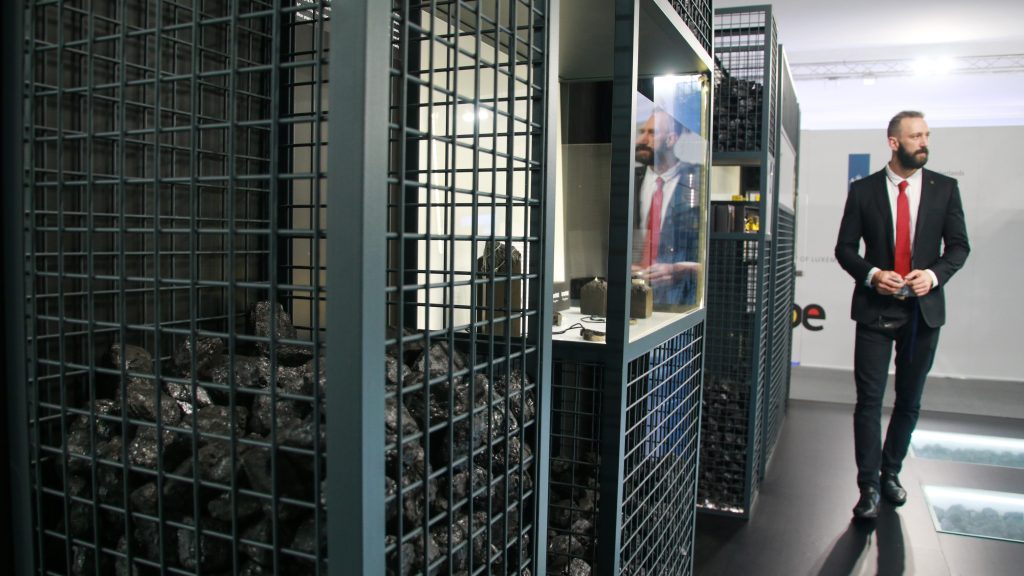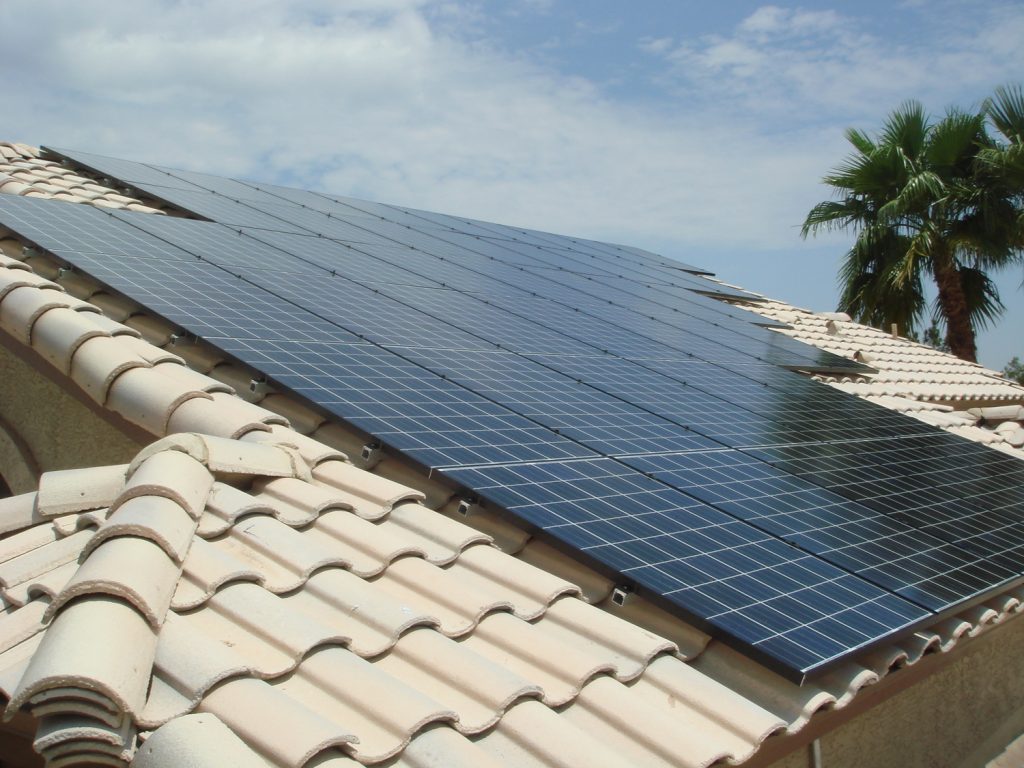My time at COP 24 has over and over beget the question, “What is good energy?” The conference is based in Katowice, Poland, a city in the Upper Silesian region of Poland that has historically based much of its economy in coal production. Poland’s energy portfolio itself is heavily dependent on coal as a fuel source. An incredible 80% of Poland’s energy production comes from coal. Seeing as coal is one of the most carbon intensive fuel-sources, it seems strange, backwards even, that a United Nations Framework Convention on Climate Change would be hosted in a country so entrenched in the use of the GHG emitting fuel. In terms of its contribution to climate change, it would not be out of the question to label coal as a “bad” source of energy.

Poland is not alone in its coal usage. China and India are both extremely large coal consumers and United States’ President Trump has made it clear that divestment from coal is in no way a part of the country’s agenda. Today, the United States will join Poland in what one might consider a celebration of the fuel source. While Poland has expressed its support for its continued coal consumption through decoration of its country pavilion with coal- filled pillars and coal jewelry displays, the United States will use its voice. Reports have it that the United States, in its only official COP24 side event, will present to attendees its view on how “clean coal” can fit into our global energy portfolio.
While coal is the high profile “bad” energy source at COP24, it’s not the only one to receive criticism. I have heard presenters dissuade audience members from liquified natural gas, large-scale hydroelectric, and biogas power. Unfortunately, our emissions trajectories have placed our global energy sectors in a bind. We have a wide variety of energy sources available to us, but they all present tradeoffs. Ideally, we’d be powering the entirety of our energy needs with renewable, emissions-free energy sources, but right now, how we would do so isn’t entirely clear.

Clear “good” energy options to most folks include solar and wind. Both are incredibly clean fuel sources with relatively small associated carbon-emissions, which solely come from the energy used to produce modules and turbines. Solar and wind, however, are plagued by intermittency, unpredictability, and less abundant (but quickly increasing) storage options. Nuclear fission might be able to fill solar and wind’s intermittency holes, but it has its own downfall: radioactive daughter products. Since Fukushima devastated Japan’s greater Okuma area, most of the world (apart from Russia) has backed away from investments in furthering nuclear power, despite the promising advancements in nuclear technology. At this time, we have not achieved large-scale nuclear fusion, which would be incredibly economical and produce daughter products that decayed far more quickly than those of fission. Even hydroelectric power, despite being carbon free, has its own issues with environmental degradation.
I write all this to express the Catch22-esque nature of our situation. At this time, there is no perfect energy solution. For that, the world will need to expedite it’s efforts in nuclear fusion or invest more into research and development of large-scale storage of wind and solar generation. For now, perhaps we can’t be surprised when countries use the energy sources that are cost effective and available to them. It’s clear that using coal as an energy source takes us far from our 1.5 degrees goal- there’s no doubt about its detriment to our earth. So why then do countries like Poland, the US, China, and India use it? Because it’s widely available, low cost, and compatible with our current infrastructure. For some countries, this makes it a “good” energy. Our future in renewables and clean energy sources thus depends on our ability to overcome these benefits through technological and policy-based advances.
References:
- https://www.economist.com/science-and-technology/2016/12/10/how-clean-is-solar-power
Picture Sources:
- https://grist.org/article/this-years-u-n-climate-talks-brought-to-you-by-coal/
- www.prosolar.com/photos